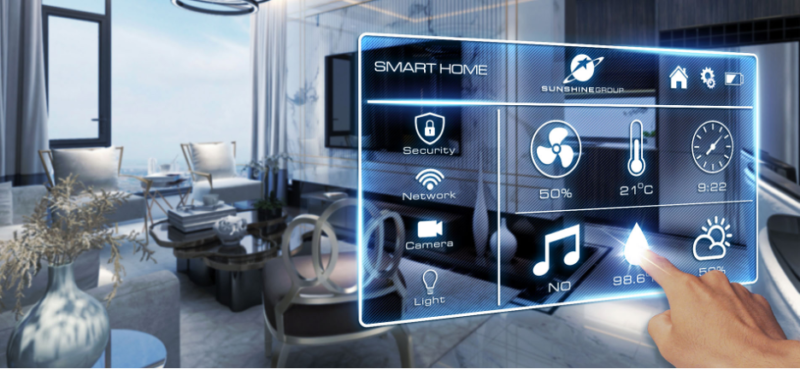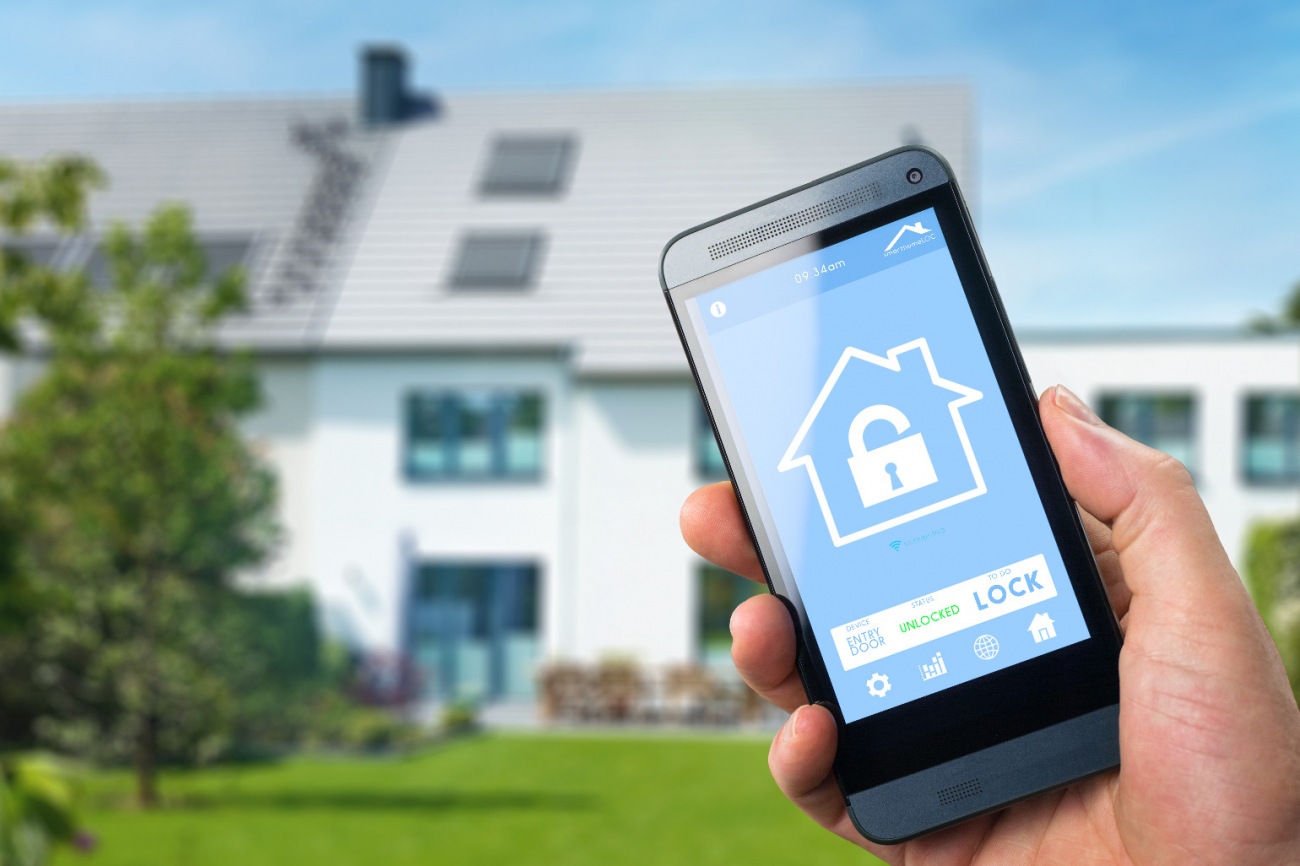As we stand on the brink of a technological revolution, the future of interconnected homes is a tantalizing prospect for both homeowners and businesses. In an era where connectivity is king, the evolution of homes into smart, interconnected entities promises to reshape our daily lives. From enhanced security features to energy efficiency, the potential benefits are immense. But what exactly does this future hold, and how can we prepare for it?

The Rise of Smart Home Technology
The journey towards fully interconnected homes has been gradual but exponential. The integration of Internet of Things (IoT) devices has already begun to transform how we interact with our living spaces. From voice-activated assistants like Amazon Alexa to smart thermostats and security cameras, the building blocks of a smart home are already in place. These technologies are designed to make life more convenient, efficient, and safe.
Benefits of Interconnected Homes
The potential benefits of interconnected homes are extensive. For homeowners, the promise of increased comfort and convenience is appealing. Imagine a home that adjusts the lighting based on the time of day, monitors energy consumption, and even orders your groceries. For businesses, the possibilities of smart offices that enhance productivity and reduce operational costs are equally enticing.
Enhancing Security and Safety
One of the most compelling advantages of interconnected homes is enhanced security. Smart locks, cameras, and alarms provide real-time alerts and remote access, allowing homeowners to monitor their properties from anywhere in the world. This level of control and immediacy is critical in todays fast-paced world.
Promoting Energy Efficiency
Another significant benefit is energy efficiency. Smart thermostats and lighting systems that learn your habits and adjust accordingly can significantly reduce energy consumption. Not only does this save money, but it also contributes to a more sustainable environment. For those interested in how smart homes contribute to sustainability, you can check out this article on smart home sustainability.
Challenges on the Horizon
While the prospects are exciting, the journey toward fully interconnected homes is not without challenges. Privacy concerns, the need for robust cybersecurity measures, and the cost of upgrading existing infrastructures are significant hurdles. As technology advances, addressing these issues will be crucial to ensure widespread adoption and trust in interconnected systems.
The Role of Artificial Intelligence
Artificial Intelligence (AI) is set to play a transformative role in the future of interconnected homes. AI-powered systems can analyze data from various devices to provide personalized experiences, predictive maintenance, and seamless automation. The integration of AI with smart home technology is explored in detail in this article on AI in daily life.
Creating Personalized Experiences
AI can tailor the home environment to the preferences of its inhabitants. From adjusting the ambient temperature to suggesting entertainment options, AI can deliver highly personalized experiences. This not only improves comfort but also enhances the quality of life.
Predictive Maintenance
AI can predict when appliances or systems may fail, allowing for preemptive maintenance. This capability reduces downtime and extends the lifespan of home systems, providing significant cost savings and peace of mind for homeowners.
Preparing for the Future
To fully embrace the future of interconnected homes, homeowners and businesses must stay informed and proactive. Understanding the latest technologies and trends, investing in compatible devices, and securing networks are essential steps. For those looking to begin their journey, this smart home checklist offers valuable insights.
Investing in the Right Technology
Choosing the right technology is crucial. Not all devices and systems are created equal, so its important to research and select those that best fit your needs and future-proof your home. Articles like emerging smart technologies can provide guidance on the latest innovations.
Ensuring Robust Cybersecurity
With increased connectivity comes increased risk. Protecting your home network with strong passwords, updated software, and secure connections is imperative. This aspect of smart living is explored further in next-gen smart homes.
Conclusion
The future of interconnected homes is bright and full of potential. For both homeowners and businesses, the opportunity to enhance convenience, efficiency, and security is within reach. By understanding and addressing the challenges, and embracing the advancements, we can all benefit from the upcoming revolution in living spaces.

FAQ
What are interconnected homes?
Interconnected homes are living spaces equipped with smart technologies that allow devices to communicate with each other and the user, offering enhanced control, efficiency, and convenience.
How can AI improve interconnected homes?
AI can enhance interconnected homes by providing personalized experiences, predictive maintenance, and seamless automation, all of which contribute to a better quality of life.
What challenges do interconnected homes face?
The challenges include privacy concerns, cybersecurity risks, and the costs associated with upgrading to smart technologies. Addressing these issues is crucial for the successful adoption of interconnected homes.

